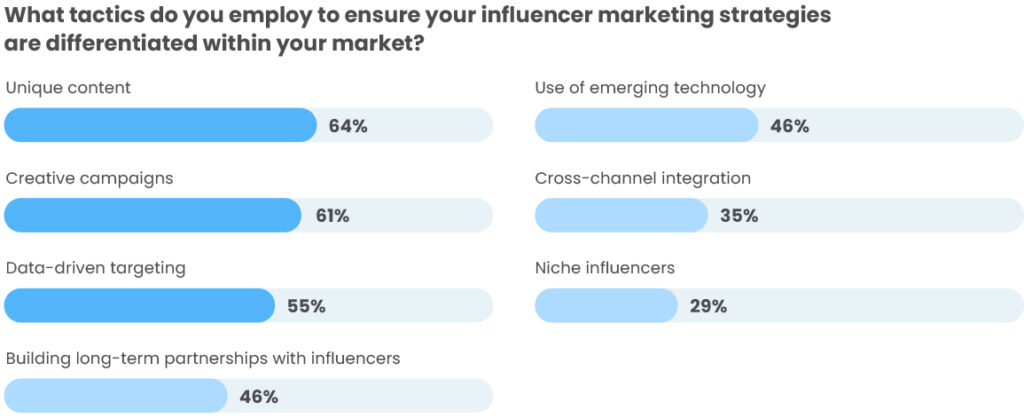2025 Influencer Marketing Budget Trends: Where B2B Marketers Are Investing and Why

By Theresa Meis
Did you know that 61% of B2B leaders believe influencer content deserves a bigger slice of their marketing budget? According to LinkedIn, companies are doubling down on influencer strategies, recognizing them as key drivers of trust and engagement in an increasingly competitive market.
That sentiment is reflected in our own findings. The 2025 B2B Influencer Marketing Report (IMR) from TopRank Marketing reveals that over half of B2B marketing teams with dedicated influencer budgets plan to increase their spending in the next year. What’s driving this momentum? Budgets tend to follow maturity, meaning the more advanced your influencer program, the bigger the investment.
In this post, we’ll unpack the 2025 data, explore where marketers are seeing the biggest opportunities (and challenges) for influencer funding, and share practical tips to help you secure the budget you need to take your program to the next level. Let’s dive into the numbers and strategies shaping influencer marketing in the year ahead.
Budget growth insights from the 2025 IMR
It’s no secret that influencer marketing has matured from a “nice to have” to a strategic cornerstone of B2B marketing plans. But what’s driving that shift? Budget growth is a major indicator. According to our findings, most B2B marketing teams not only have dollars specifically allocated for influencer marketing — they’re actively increasing those budgets.
Here’s the breakdown: 53% of surveyed teams report their influencer marketing budgets are growing. That’s a clear signal that brands are recognizing the value of influencer content.
Maturity and budget: Why experience matters
The more advanced the program, the greater the budget optimism. Among companies with the most mature influencer strategies, 72% expect their budgets to grow in the next year.
When it comes to influencer marketing, experience is key to opening up the budget floodgates. The 2025 IMR reveals a clear link between a program’s maturity and its financial backing: the further along a company is in its influencer journey, the more likely it is to secure growing budgets.
Here’s how the data breaks down by phase:
- Exploratory phase: Even in its infancy, influencer marketing shows potential, with 26% of teams in this phase reporting budget growth. This is often driven by initial wins that justify continued investment.
- Developing phase: As teams start to refine their strategies, they gain buy-in from leadership. Nearly half (46%) in this phase report budget increases, reflecting confidence in early results.
- Established phase: For programs that are delivering consistent results, the momentum picks up. Fifty-four percent of established programs see growing budgets as they prove their ROI and scalability.
- Advanced strategy phase: Here’s where the magic happens. Among the most sophisticated programs, 72% report expanding budgets, making it clear that maturity translates directly into financial support.
The takeaway? Maturity matters. As programs move from exploratory to …read more
Source:: Top Rank Blog








